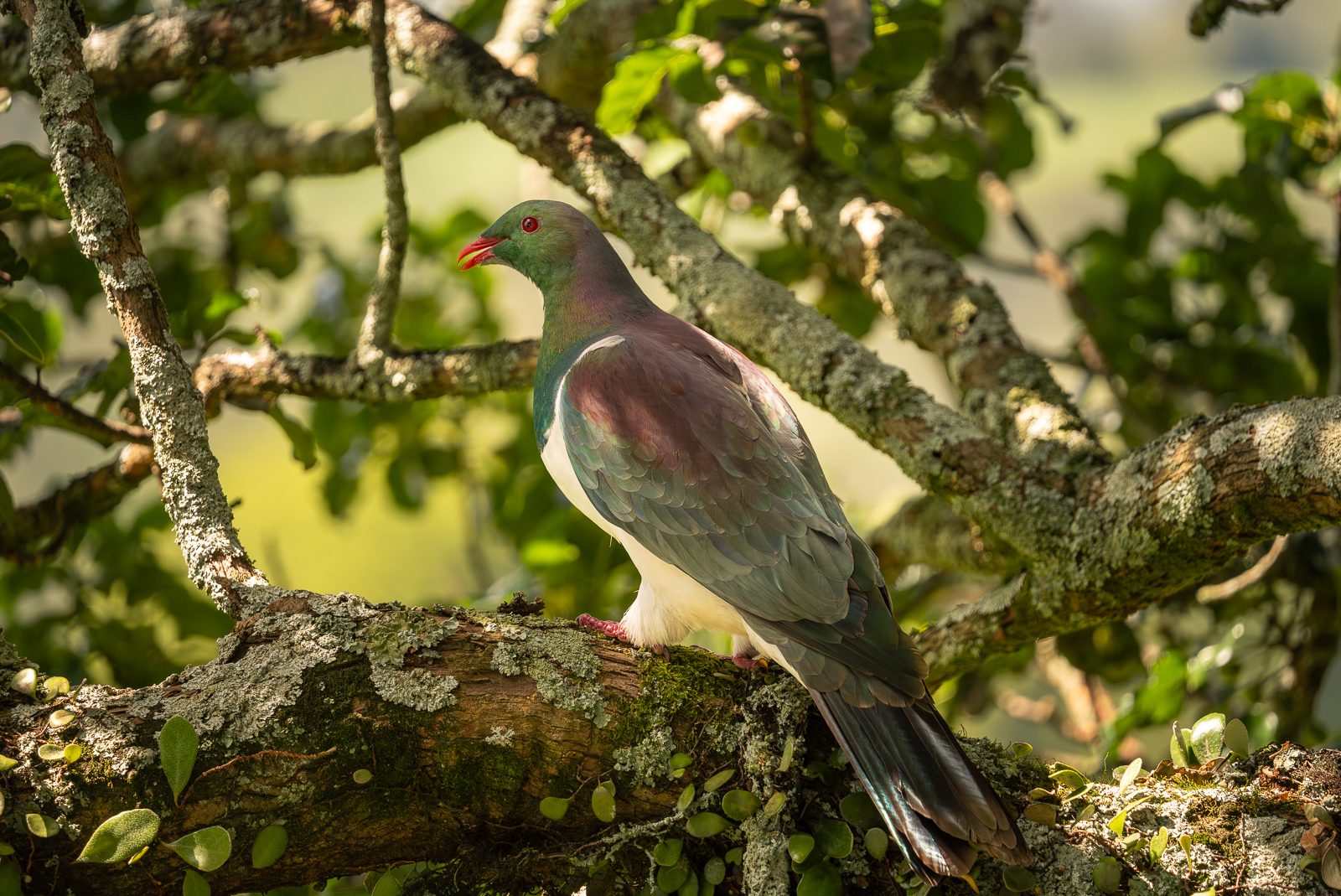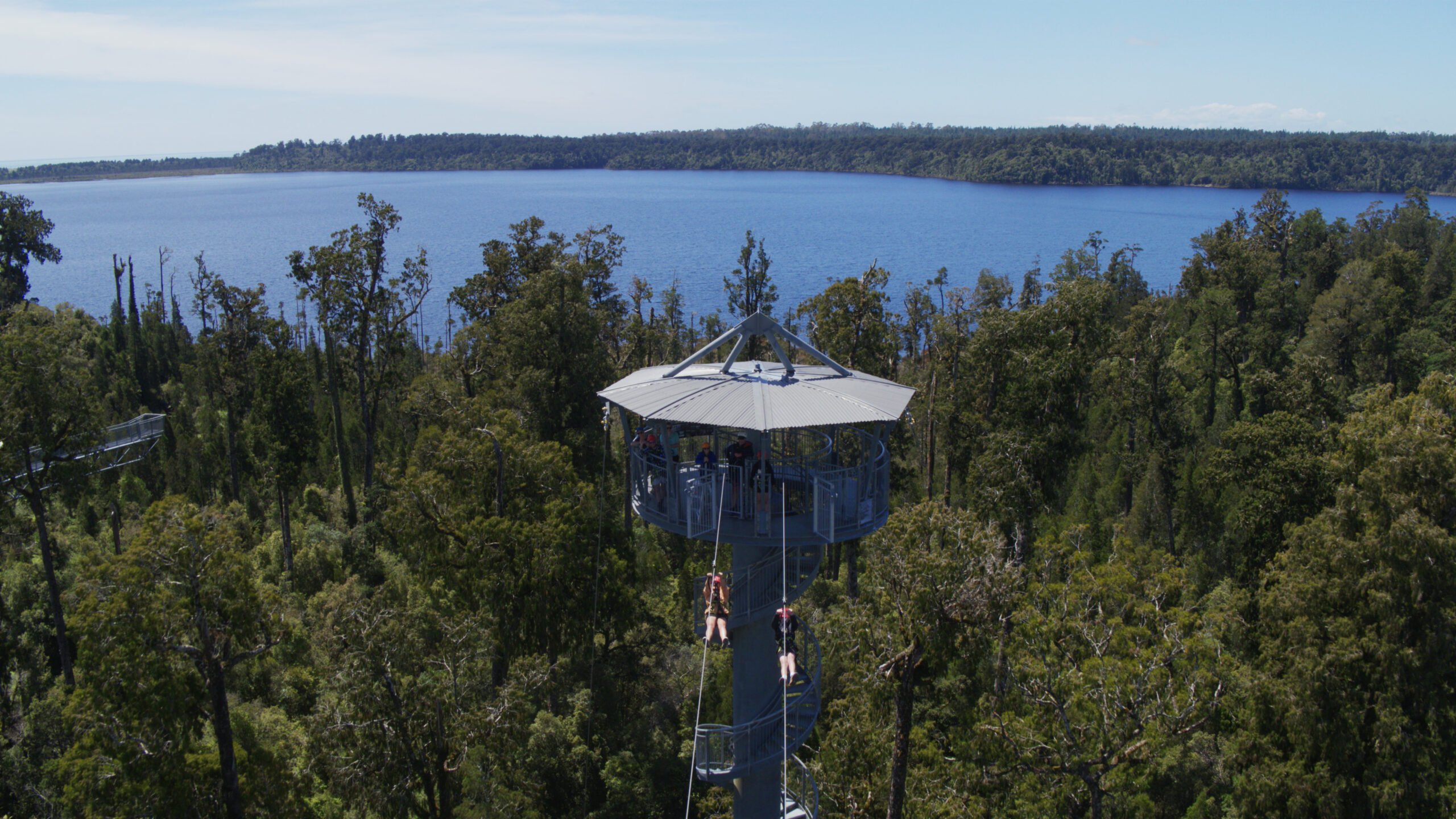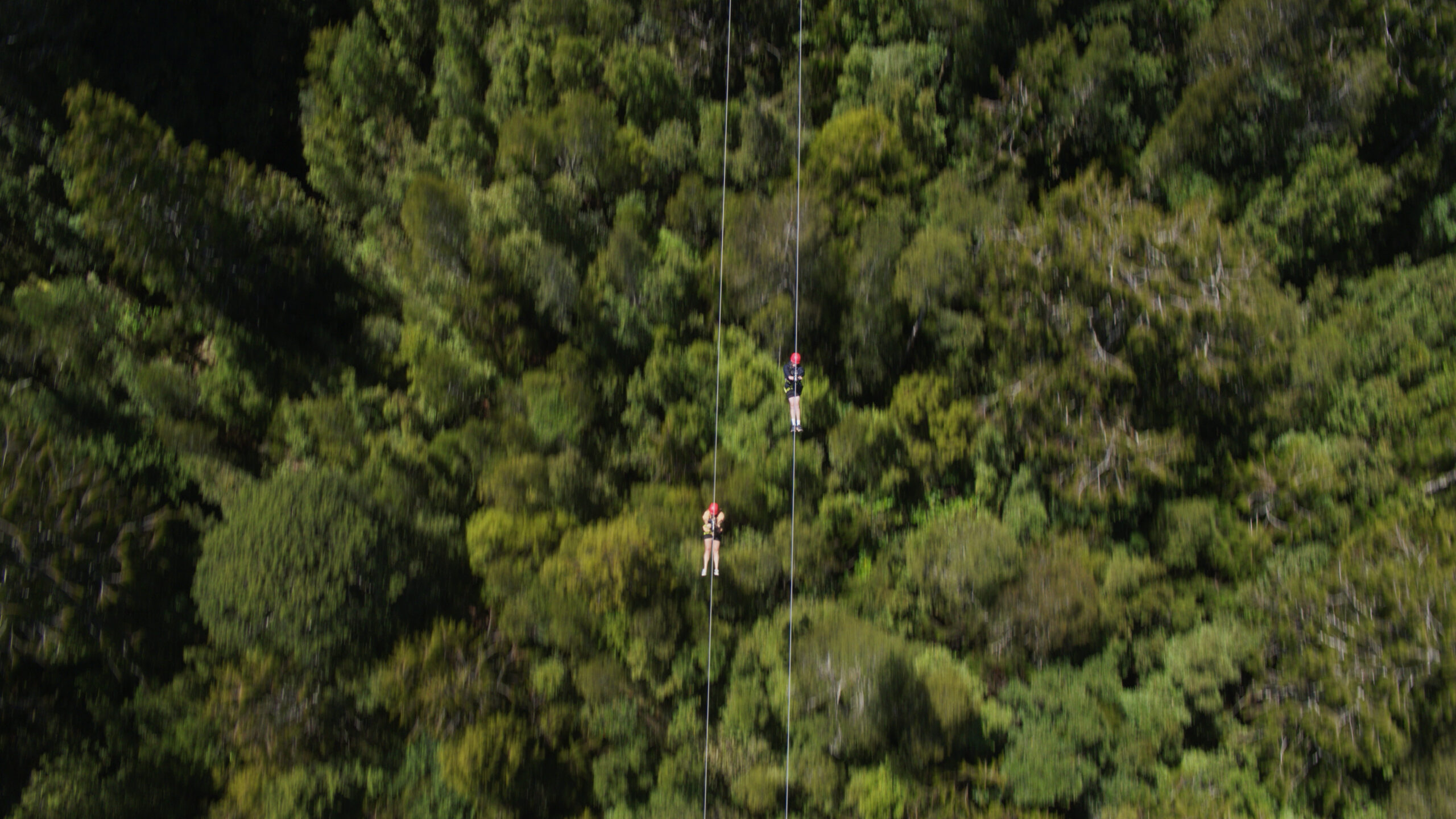New Zealand is home to a diverse range of native bird species, many of which are found nowhere else in the world. These birds have evolved over millions of years, adapting to the unique environment of New Zealand. They have become an integral part of our natural heritage. In this article, we will explore some of the fascinating native birds that can be found in New Zealand.
Kiwi
North Island Brown Kiwi
- Description: The North Island Brown Kiwi is a flightless bird with a round body, long beak, and small wings. It has brown feathers and strong legs.
- Habitat: It is found in the forests and scrublands of the North Island of New Zealand.
- Behaviour: The North Island Brown Kiwi is nocturnal and spends most of its time on the ground. It is known for its distinctive call, which sounds like a high-pitched whistle.
- Conservation Status: Endangered.
Southern Brown Kiwi
- Description: The Southern Brown Kiwi is similar in appearance to the North Island Brown Kiwi, but it has darker feathers.
- Habitat: It is found in the forests and grasslands of the South Island of New Zealand.
- Behaviour: The Southern Brown Kiwi is also nocturnal and spends most of its time on the ground. It has a loud, piercing call.
- Conservation Status: Near Threatened.
Kea
- Description: The Kea is a large, olive-green parrot with a long, curved beak and bright orange feathers under its wings.
- Habitat: It is found in the alpine regions of the South Island of New Zealand.
- Behavior: The Kea is known for its intelligence and curiosity. It is a social bird and often forms large flocks. It is notorious for its mischievous behaviour, such as stealing shiny objects.
- Conservation Status: Endangered.
Tūī
- Description: The Tui is a medium-sized bird with iridescent black feathers, and a distinctive white tuft on its neck.
- Habitat: It is found in forests and woodlands throughout New Zealand.
- Behaviour: The Tui’s beautiful song is known for including a wide range of melodic notes and mimicking other bird calls. It is also an important pollinator of native plants.
- Conservation Status: Not Threatened.
Kākā
- Description: The Kākā is a large forest parrot with olive-brown plumage, a strong curved beak, and a long tail.
- Habitat: It is found in native forests throughout New Zealand, particularly in the North Island.
- Behaviour: The Kākā exhibits a playful nature, frequently hanging upside down and performing aerial acrobatics. It has a loud, raucous call and is highly intelligent.
- Conservation Status: Not Threatened.
Bellbird
- Description: The Bellbird, or Korimako, is a small bird with olive-green feathers and a distinctive bell-like call.
- Habitat: It can be found in forests, scrublands, and gardens across New Zealand.
- Behaviour: The Bellbird has a beautiful song consisting of harmonious notes and complex melodies. It feeds on nectar, insects, and fruits.
- Conservation Status: Not Threatened.
Tomtit
- Description: The Tomtit, or Miromiro, is a small, colourful bird with a black head, white belly, and yellow breast.
- Habitat: It can be found in forests, alpine areas, and scrublands throughout New Zealand.
- Behaviour: The Tomtit is an agile and active bird. It feeds on insects and spiders and is known for its ability to hover while foraging.
- Conservation Status: Not Threatened.
Wood Pigeon
- Description: The Wood Pigeon, or Kererū, is a large pigeon with iridescent green and white feathers and a distinctive white belly.
- Habitat: The habitat of this species includes forests, woodlands, and urban areas throughout New Zealand.
- Behaviour: The Wood Pigeon is an important seed disperser for native trees. It has a slow and wobbly flight and makes deep booming sounds during flight.
- Conservation Status: Not Threatened.
Grey Warbler
- Description: The Grey Warbler, or Riroriro, is a tiny bird with greyish-brown plumage and a small pointed beak.
- Habitat: The habitat of this species includes forests, scrublands, and gardens across New Zealand.
- Behaviour: The Grey Warbler is known for its sweet, melodious song and its ability to build intricate nests using spider webs and moss.
- Conservation Status: Not Threatened.
Silvereye
- Description: The Silvereye, or Tauhou, is a small, olive-green bird with a distinctive white ring around its eyes.
- Habitat: This species is found in forests, gardens, and orchards throughout New Zealand.
- Behaviour: Often seen in flocks, the Silvereye is known for its social nature. It feeds on a diet of nectar, fruit, and insects.
- Conservation Status: Not Threatened.
Weka
- Description: The Weka is a large, flightless bird with brown plumage, and a strong, pointed beak.
- Habitat: It is found in a variety of habitats, including forests, grasslands, and wetlands throughout New Zealand.
- Behaviour: The Weka is known for its curious and bold nature, often stealing food and shiny objects from humans.
- Conservation Status: Vulnerable.
South Island Robin
- Description: The South Island Robin, or Kakaruwai, is a small, dark grey bird with a white belly. It is known for its curious and inquisitive nature.
- Habitat: It is found in native forests of the South Island of New Zealand.
- Behaviour: The South Island Robin is friendly and trusting, often coming close to humans while looking for insects on the ground.
- Conservation Status: Near Threatened.
Blue Duck
- Description: The Blue Duck, or Whio, is a slate-grey duck, with a pale blue-grey bill and a white chest, making it distinct from other duck species.
- Habitat: It is found along fast-flowing rivers in forested areas in New Zealand.
- Behaviour: Blue Ducks are territorial and often seen in pairs searching for insects and larvae in rivers. It is also known for its unique ability to navigate rapids.
- Conservation Status: Endangered.
Fantail
- Description: The Fantail, or Pīwakawaka, is a small, energetic bird with a unique fan-shaped tail. It has a brown, grey, black, and white body.
- Habitat: It is found in a wide range of habitats, including forests, gardens, and urban areas throughout New Zealand.
- Behaviour: The Fantail is an agile flyer, catches insects in mid-air, and is friendly towards humans.
- Conservation Status: Not Threatened.
Kākāpō
- Description: The Kākāpō is a large, flightless parrot with green feathers and a round body. It has a short beak and strong legs.
- Habitat: The habitat of this species is the forests of the South Island and Stewart Island of New Zealand.
- Behavior: The Kākāpō is nocturnal and spends most of its time on the ground. It is known for its distinctive booming call and its ability to climb trees.
- Conservation Status: Critically Endangered.
Morepork
- Description: The Morepork, or Ruru, is a small owl with speckled brown plumage and large yellow eyes.
- Habitat: It can be found in forests throughout New Zealand and on offshore islands.
- Behaviour: The Morepork is nocturnal, typically hunting for beetles, moths, spiders and weta at night. It is recognised for its haunting, melancholic call.
- Conservation status: Not Threatened.
Conclusion
New Zealand’s native birds are a unique and important part of its natural heritage. From the iconic Kiwi to the mischievous Kea, these birds have adapted to the diverse environments of New Zealand and play a crucial role in its ecosystems. By learning about and appreciating these fascinating native species, we can contribute to their conservation and ensure their survival for future generations.
New Zealand forests are important ecosystems for birds. Here at West Coast Tree Tops we do constant pest control to protect our native wildlife. Learn more about conservation at West Coast Tree Tops and how you can help protect our forests.
See how many NZ native birds you can identify and experience the magic of our forests by booking with us today.









